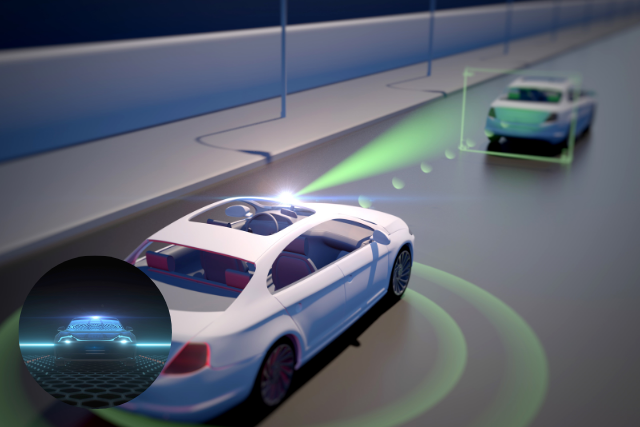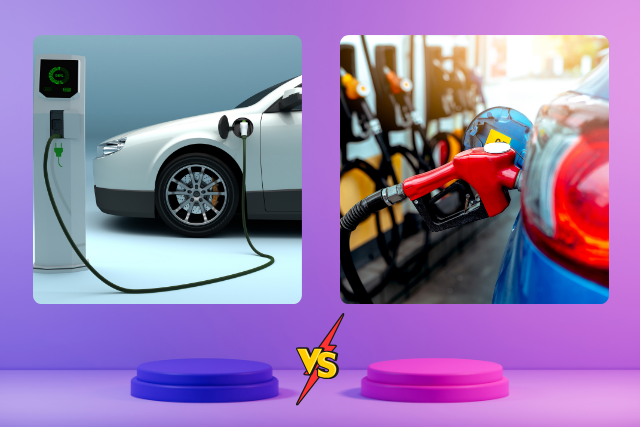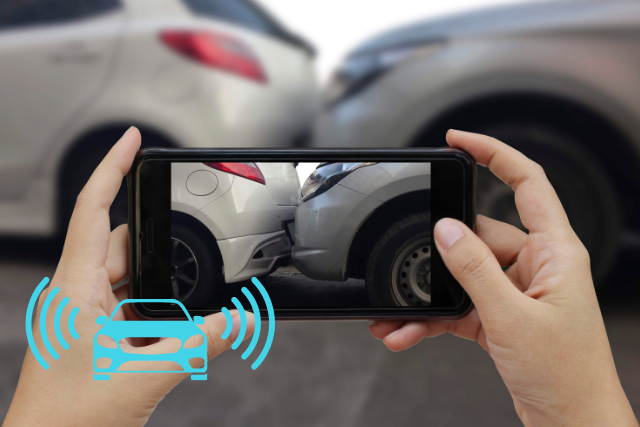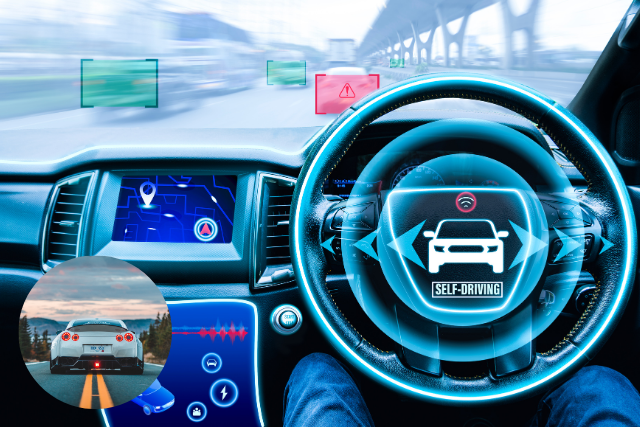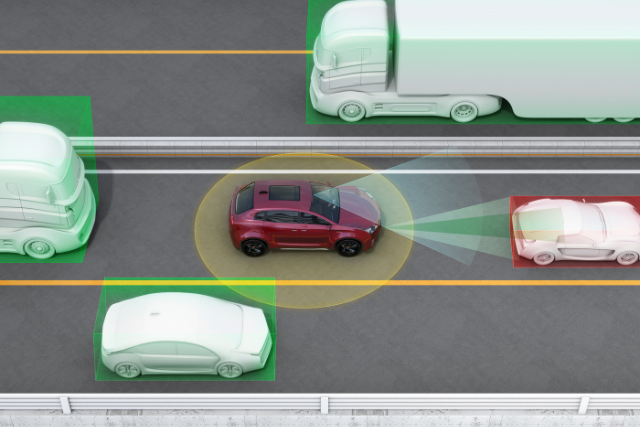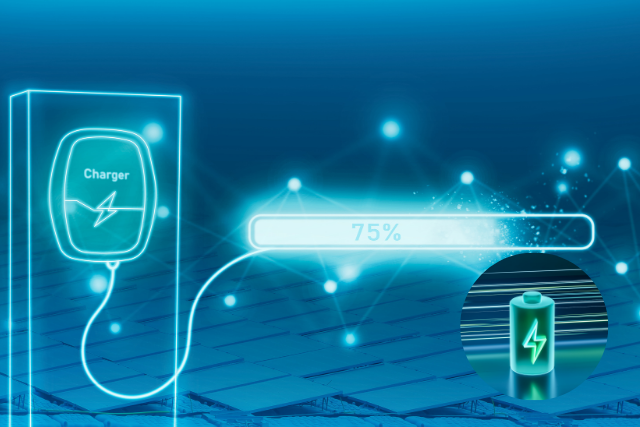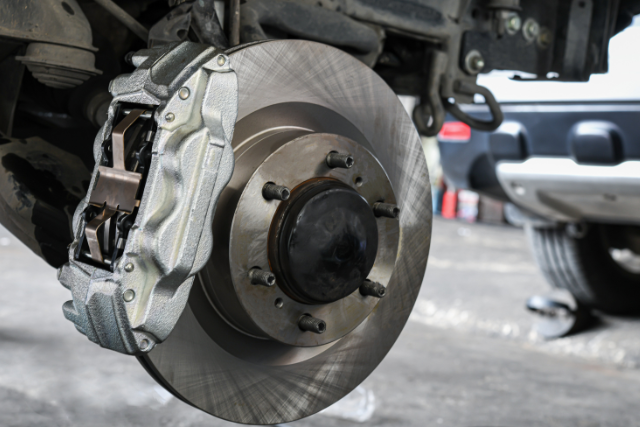Radar technology has become a cornerstone in modern automotive systems, providing critical capabilities for safety, navigation, and automation. This article will discuss radar technology, its applications in the automotive industry, and future trends.
Table of Contents
Introduction to Radar Technology
Radar, an acronym for Radio Detection and Ranging, is a technology that uses radio waves to detect objects and determine their distance, speed, and direction. Initially developed for military applications, radar has found significant use in various civilian sectors, including automotive.
How Radar Works
Radar systems emit radio waves, which travel until they encounter an object and are reflected to the radar receiver. By measuring the time it takes for the waves to return and analyzing the change in frequency (Doppler effect), the system can determine the object’s distance, speed, and direction.
Components of a Radar System
- Transmitter: Generates and emits radio waves.
- Antenna: Directs the radio waves towards the target and receives the reflected waves.
- Receiver: Detects the reflected radio waves.
- Signal Processor: Analyzes the received signals to extract information about the target.
Types of Automotive Radar Systems
Modern vehicles utilize different types of radar systems, each serving specific purposes. These systems are typically classified based on their frequency bands and range.
Short-Range Radar (SRR)
Short-range radar operates in the 24 GHz frequency band and is used for detecting objects close to the vehicle, typically within a range of 30 meters. SRR is crucial for functions like parking assistance and blind-spot detection.
Medium-Range Radar (MRR)
Medium-Range Radar operates in the 77 GHz frequency band and covers a range of up to 150 meters. MRR is used for applications such as lane change assistance and cross-traffic alert.
Long-Range Radar (LRR)
Long-range radar also operates in the 77 GHz frequency band but extends its range up to 250 meters or more. LRR is essential for adaptive cruise control and highway autopilot systems.
Table 1: Types of Automotive Radar Systems
| Radar Type | Frequency Band | Typical Range | Key Applications |
|---|---|---|---|
| Short-Range Radar (SRR) | 24 GHz | Up to 30 meters | Parking assistance, blind-spot detection |
| Medium-Range Radar (MRR) | 77 GHz | Up to 150 meters | Lane change assistance, cross-traffic alert |
| Long-Range Radar (LRR) | 77 GHz | Up to 250 meters | Adaptive cruise control, highway autopilot |
Applications of Radar in Automotive
Radar technology is integrated into various automotive systems, enhancing safety, convenience, and the overall driving experience.
Adaptive Cruise Control (ACC)
Adaptive Cruise Control uses radar to maintain a safe distance from the vehicle ahead by automatically adjusting the vehicle’s speed. This system enhances driving comfort and reduces the need for constant speed adjustments.
Collision Avoidance Systems
Collision avoidance systems rely on radar to detect potential collisions and initiate preventive measures, such as automatic braking or steering adjustments. This significantly reduces the risk of accidents.
Blind-Spot Detection
Blind-spot detection systems use radar to monitor areas not visible to the driver. They warn when another vehicle enters the blind spot, enhancing safety during lane changes.
Lane Change Assistance
Lane change assistance systems use radar to monitor adjacent lanes and alert the driver if a lane change is unsafe. Some systems can even assist with the lane change if it is deemed safe.
Parking Assistance
Parking assistance systems use short-range radar to detect obstacles around the vehicle during parking manoeuvres. These systems provide visual and auditory warnings to help the driver park safely.
Cross-Traffic Alert
Cross-traffic alert systems use radar to detect approaching vehicles when reversing out of parking spaces. This helps prevent collisions with cars that may not be visible to the driver.
Table 2: Key Applications of Radar in Automotive
| Application | Description |
|---|---|
| Adaptive Cruise Control (ACC) | Maintains a safe distance from the vehicle ahead by adjusting speed |
| Collision Avoidance Systems | Detects potential collisions and initiates preventive measures |
| Blind-Spot Detection | Monitors blind spots and provides warnings |
| Lane Change Assistance | Alerts driver to unsafe lane changes and assists with lane changes |
| Parking Assistance | Detects obstacles during parking maneuvers |
| Cross-Traffic Alert | Detects approaching vehicles when reversing |

Benefits of Radar Technology in Automotive
Radar technology offers numerous advantages that make it indispensable for modern automotive systems.
Enhanced Safety
Radar systems enhance vehicle safety by providing real-time data on the vehicle’s surroundings. They enable advanced safety features such as collision avoidance, blind-spot detection, and adaptive cruise control.
All-Weather Operation
Unlike other sensor technologies, radar can operate effectively in various weather conditions, including rain, fog, and snow. This reliability ensures consistent performance regardless of the environment.
High Precision
Radar provides accurate distance, speed, and direction measurements, which are critical for functions like adaptive cruise control and collision avoidance. This precision helps in making timely and accurate decisions.
Long Range Detection
Long-range radar systems can detect objects at significant distances, providing ample time for the vehicle to react. This is particularly beneficial for highway driving and adaptive cruise control.
Robust Performance
Radar systems are less affected by lighting conditions, making them effective both day and night. This robustness ensures continuous and reliable operation.
Challenges and Limitations of Radar Technology
Despite its numerous benefits, radar technology also faces certain challenges and limitations that need to be addressed.
Interference
Radar systems can experience interference from other radar-equipped vehicles or electronic devices. This can affect the accuracy and reliability of the radar signals.
Resolution
While radar can detect objects at long distances, its resolution is lower than that of other sensors like lidar. This can limit its ability to distinguish between closely spaced objects.
Cost
High-frequency radar systems, especially those operating at 77 GHz, can be expensive to manufacture and integrate into vehicles. This can increase the overall cost of the vehicle.
Size and Integration
Integrating radar sensors into vehicle design without affecting aesthetics and aerodynamics can be challenging. The size and placement of radar sensors need to be carefully considered.
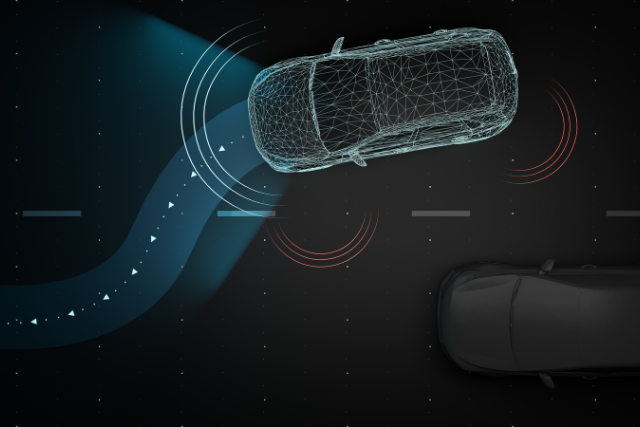
Future Trends in Automotive Radar Technology
The future of automotive radar technology is promising, with ongoing advancements set to enhance its capabilities and applications further.
Higher Frequency Bands
Future radar systems may operate at higher frequency bands, such as 79 GHz, offering better resolution and reduced interference. This will enhance the performance of radar systems in complex environments.
Integration with Other Sensors
Integrating radar with other sensor technologies like cameras, lidar, and ultrasonic sensors can provide a more comprehensive perception of the vehicle’s surroundings. This sensor fusion approach enhances accuracy and reliability.
AI and Machine Learning
Incorporating artificial intelligence (AI) and machine learning algorithms can improve the processing and interpretation of radar data. This will enable more sophisticated features and better decision-making.
Miniaturization
Advances in semiconductor technology will enable the development of smaller and more compact radar sensors. This will facilitate easier integration into vehicle designs and reduce costs.
Enhanced Connectivity
Future radar systems will benefit from enhanced connectivity features, enabling vehicle-to-vehicle (V2V) and vehicle-to-infrastructure (V2I) communication. This will improve traffic management and safety.
Table 3: Future Trends in Automotive Radar Technology
| Trend | Description |
|---|---|
| Higher Frequency Bands | Operating at higher frequencies for better resolution |
| Integration with Other Sensors | Combining radar with cameras, lidar, and ultrasonic sensors |
| AI and Machine Learning | Improving data processing and interpretation |
| Miniaturization | Developing smaller and more compact radar sensors |
| Enhanced Connectivity | Enabling V2V and V2I communication for better traffic management |
FAQs
What is radar technology in automotive?
Radar technology in automotive uses radio waves to detect objects around the vehicle, determining their distance, speed, and direction. It is used in various safety and convenience systems, such as adaptive cruise control, collision avoidance, and blind-spot detection.
How does automotive radar work?
Automotive radar systems emit radio waves that travel until they hit an object and reflect back to the radar receiver. By measuring the time it takes for the waves to return and analyzing the change in frequency, the system can determine the object’s distance, speed, and direction.
What are the types of radar used in vehicles?
There are three main types of radar used in vehicles: Short-Range Radar (SRR) for close-range detection, Medium-Range Radar (MRR) for intermediate distances, and Long-Range Radar (LRR) for long-distance detection. Each type operates at different frequency bands and serves specific applications.
What are the benefits of radar technology in vehicles?
Radar technology enhances vehicle safety, operates effectively in various weather conditions, provides high precision and long-range detection, and maintains robust performance regardless of lighting conditions.
What challenges does automotive radar face?
Automotive radar faces challenges such as interference from other radar systems, lower resolution compared to different sensors, high manufacturing costs, and integration issues related to size and vehicle design.
What is the future of radar technology in the automotive industry?
The future of radar technology in the automotive industry includes advancements such as higher frequency bands for better resolution, integration with other sensors for comprehensive perception, AI and machine learning for improved data processing, miniaturization of radar sensors, and enhanced connectivity for better traffic management.
Conclusion
Radar technology is pivotal in evolving automotive systems, enhancing safety and paving the way for more advanced driver assistance and autonomous driving capabilities.
Radar systems will become more integral to the automotive industry, offering improved performance, integration, and reliability.
By understanding the current state and future trends of radar technology, stakeholders in the automotive industry can better prepare for future innovations.

